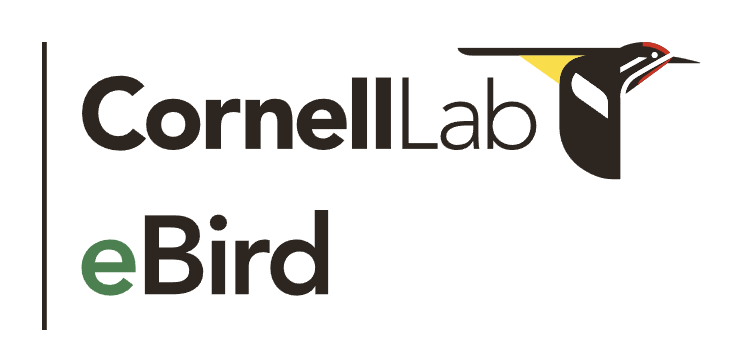
Birding locations in SW New Mexico
Our four county region is home to a diverse range of habitats, attracting a wide variety of both residents and birds on their way to and from breeding and wintering grounds. Birders here experience ecosystems from riparian valleys and lakes to rolling grasslands to high altitude ponderosa pines in the Gila National Forest to the Chihuahuan desert… all in a single day’s drive.
Locally-developed birding location guides:
NEW! Town of Silver City Birding Guide [pdf]
Also available on brochure racks in town.
Locally-developed descriptions of featured SWNM birding spots:
Bear Mountain Lodge [pdf]
Where are the spotted owls?
Our chapter does not share the location of spotted owls. The owls are very sensitive to human interaction and will abandon even long occupied territory and not return. Sadly, we have had this experience when their locations have been shared. This shyness is a reason eBird intentionally does not post spotted owl sightings. Certainly there is much interest in seeing this threatened species, but they are easily permanently driven away. If you do come across a spotted owl, enjoy the experience, but please minimize your contact with the bird, and definitely do not share the location. We would like them to continue to occupy and breed in the habitat they still have available.
If you’re planning to visit this region for birding, please reach out! We can direct you to sites or suggest guides to help you make the most of your time here!
Photo: Jeff Johnson
eBird, a project of the Cornell Lab of Ornithology, is a wonderful tool for finding out what birds are being seen in our region. Use the EXPLORE feature to find bird sightings reported by county or hotspot. The bar chart and illustrated checklist features show what birds to expect throughout the year in a region or location. Registered users (free) can also sign up for notifications of rare bird sightings in the area.
The Birding Hotspots website collects tips for birding from local birders and descriptions and maps of eBird hotspots from eBird and other websites. In eBird, hotspots are shared locations where birders may report their bird sightings to eBird. Hotspots provide birders with information about birding locations where birds are being seen.
iNaturalist is a joint initiative of the California Academy of Sciences and the National Geographic Society. This free online platform allows users to view observational data and locations collected by other users, record observations of birds (also plants, fungi, & other animals) and get identification help for images or audio files you upload.
When, where, and how far will birds migrate? How many birds passed last night? BirdCast tools help you explore the answers to these and other bird migration. You can even explore who’s passing through your region during migration seasons. A collaborative effort of the Cornell Lab of Ornithology, Colorado State University, and UMass Amherst.
Site Accessibility Features
In 2023, our chapter began conducting site accessibility assessments of popular birding sites in our region. These assessments are possible and available through Birdability, an Audubon-sponsored project dedicated to making birding available to everybody and every body. Check out the regions mapped to date here.
We add brief synopses of mobility access descriptions to our scheduled bird outings. Click here to access this document, describing several local birding sites.
We’re looking to hear from members who experience accessibility challenges and those interested in expanding our list of Birdability maps and local site accessibility descriptions. If you’d like to be a part of this effort, please send us an email and we’ll be in touch.





